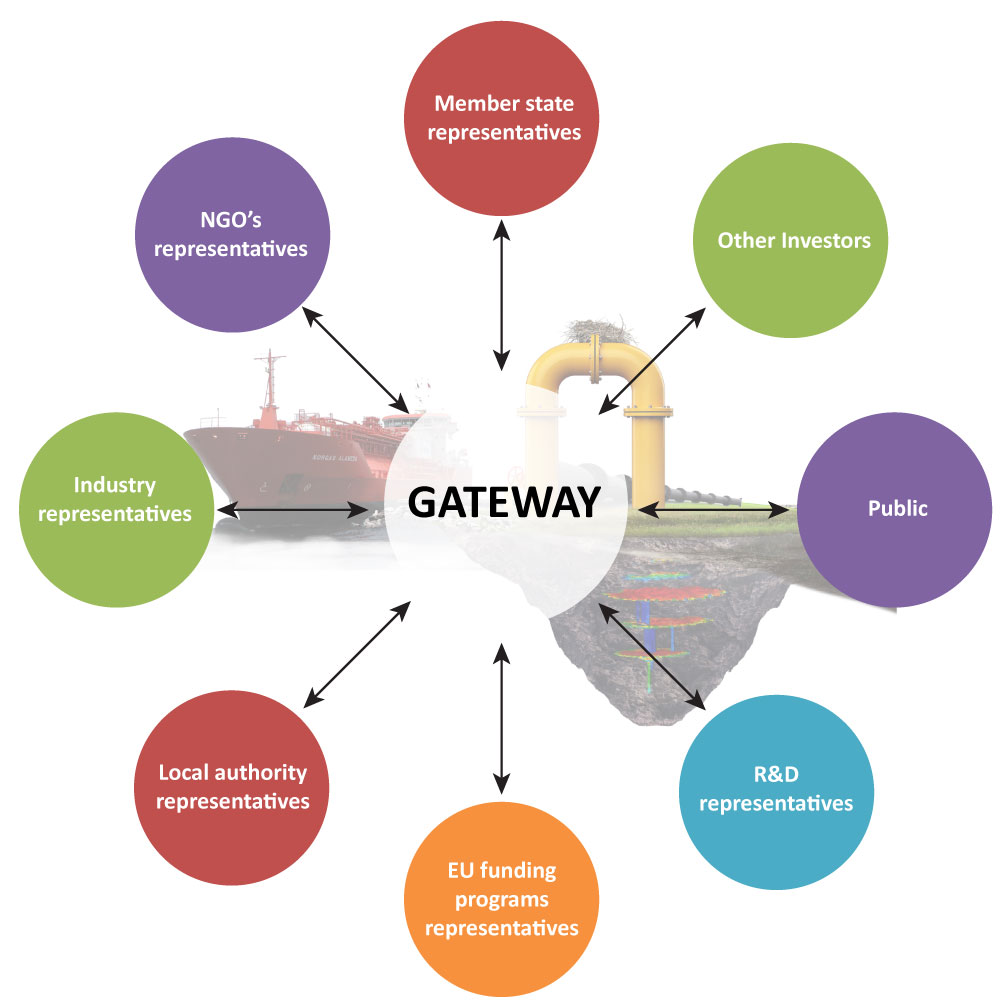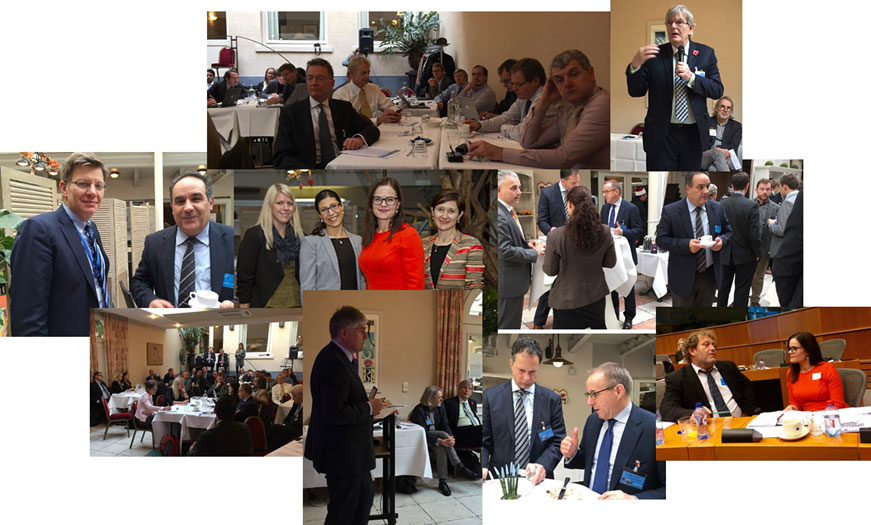I am very proud to tell you all that the H2020 project GATEWAY was delivered this summer – with great success!
I received an email from Brussels – with a rather boring EU COM template. This was during my summer vacation and I was clearly ready to ‘not look very much into the details’ at that point in time. But – happily, I opened the e-mail and realized that the report reflected in a good way the efforts put on the table in the super-exiting project GATEWAY.
The European Union concluded like this:
The Commission and the Reviewers states that “The project has delivered exceptional results with significant immediate or potential impact”.
GATEWAY was a ‘Coordination and Support Action (CSA)’-project. To do this type of project was REALLY fun – and inspiring. We got in really close contact with all the main stakeholders in question – industry, government and research.
Modus operandi for the project
The carrying out of the H2020 GATEWAY project has showed that the CSA type of action can be extremely efficient and have a high impact. The stakeholder Workshop’s and bilateral discussions with stakeholders have strongly contributed to a common understanding of both challenges and possible solutions related to cross-border infrastructure for CO2 transport to be developed in the North Sea region.


About GATEWAY
GATEWAY (2015-2017), aimed to accelerate the deployment of CO2 Capture and Storage (CCS) by developing a model Pilot Case aimed at an initial cross-border gateway connecting CO2 sources and sinks.
Work in the GATEWAY project involved:
- identification of key technologies
- assessment of relevant legal frameworks
- statutes and viable ownership arrangements
- design for the assessment of local public perception
- identification of possible funding sources.
This work fed into the proposal for a European Project of Common Intrerest (PCI), which included a prospectus for a PCI business case. As part of this work, a costbenefit analysis was also performed.
Through multiple GATEWAY stakeholder events it became evident that sufficient traction from industrial and governmental representatives existed to submit the Rotterdam Nucleus business case as a PCI.
GATEWAY has played a pivotal role in launching one of the first PCI applications with a defined business case, clear ownership and backing from multiple stakeholders. The Rotterdam Nucleus project will provide the foundations for a high-volume CO2 transportation infrastructure system from mainland Europe to CO2 storage locations in the Dutch and UK sections of the North Sea.
Conclusions and way forward
The GATEWAY project has been able to go beyond its initial expected objectives, by not only developing a business case for a potential PCI project, but also by generating sufficient industrial and government support to enable the actual submission of PCI application to the EC in April 2017.
Read more on GATEWAY on www.sintef.no/GATEWAY









Comments
No comments yet. Be the first to comment!